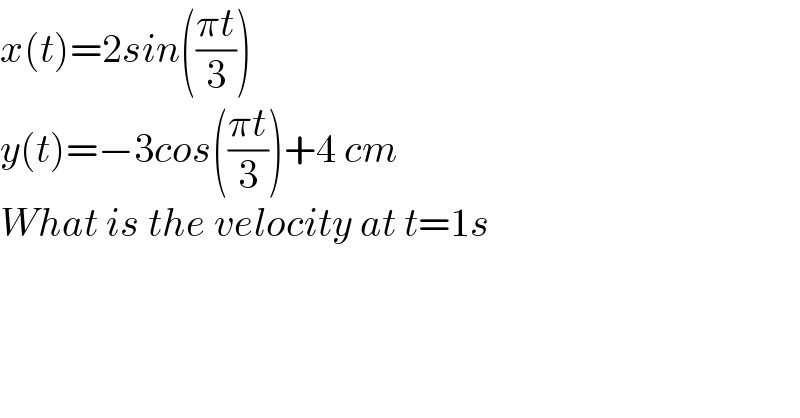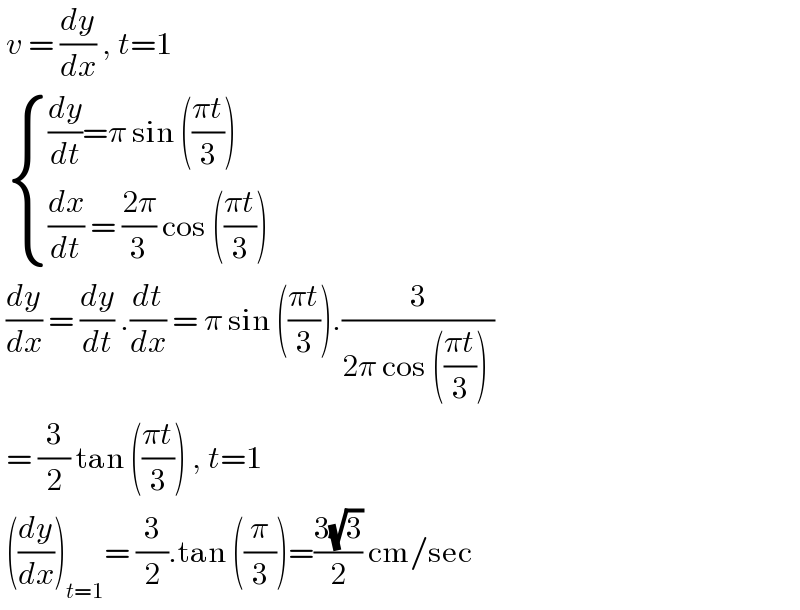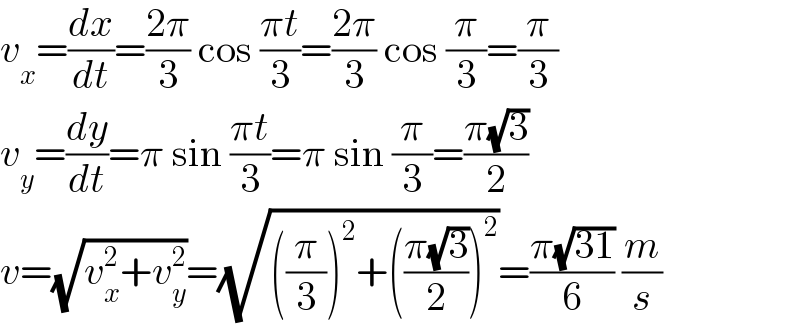
Question and Answers Forum
Question Number 183440 by aurpeyz last updated on 25/Dec/22

Answered by cortano1 last updated on 26/Dec/22

Commented by mr W last updated on 26/Dec/22

Answered by mr W last updated on 26/Dec/22

Commented by aurpeyz last updated on 26/Dec/22

